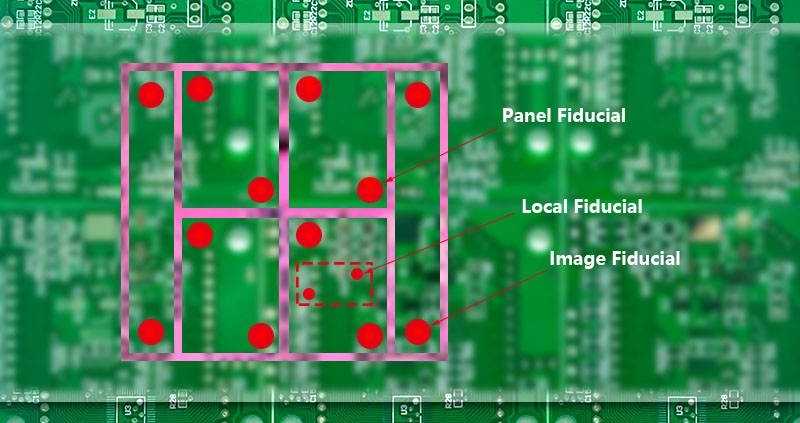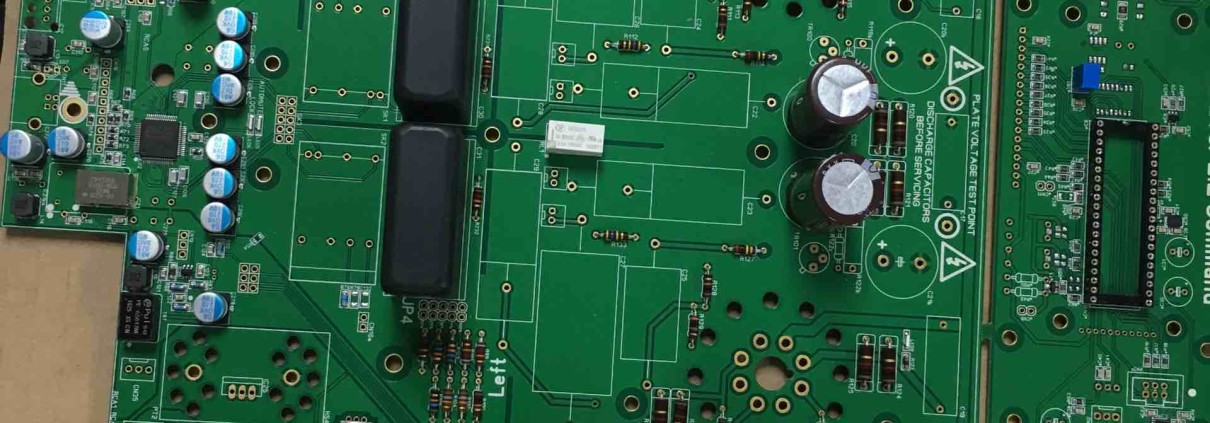Printed circuit board sales on 2016
Taiwan is considered the top-producing country for circuit board production (including manufacturing from China). Monthly shipments of printed circuits from Taiwanese manufacturers increased for both second and third quarters. Most of this increase was from the robust sales of PCs. New products from Apple dramatically increased the sales of flexible circuits until the month of September where shipments posted a negative result comparing month over month. Revenue for the Taiwanese industry lost its momentum during the 4th quarter. Year to date revenue through October was 2.7% less than the same period of time last year. I am not too optimistic sales will increase for the last two months of the year, so my prediction is that annual revenues will decrease by 3% compared to last year. This will be the first negative result since the global recession in 2009.
Revenues for the Japanese printed circuit industry are also disappointing. Year to date through September, revenue declined 10.4% compared to the same period last year. This drop in revenue can be attributed to a 6.3% decrease in shipments. Unfortunately, printed circuit manufacturers have to trim their margins to remain competitive in this limited market. The major market for rigid board manufacturers in Japan come from domestic mobile products that includes smartphones. Unfortunately, market share for Japanese equipment manufacturers has been eroding all year, so I am pessimistic for a rebound during fourth quarter.
Flexible circuit manufacturers are performing the worst. Revenue decreased by 20.1%, and volume declined by 8.9% through September comparing year-over-year. These flex manufacturers might have to lower prices. Their largest customers are smartphone companies from other countries, and pricing is extremely competitive from Taiwanese and Korean flex circuit manufacturers. Year to date revenue from module circuit manufacturers (mostly substrates for semiconductors) increased 0.2% during the first three quarters of this year compared with last year. Unfortunately, revenue declined by 10.2%. The global semiconductor market grew during the same period. Japanese module circuit manufacturers continue to lose market share. Total sales from the Japanese printed circuit industry will decline about 10% in 2016. This will be the largest market decline since the global recession in 2008 and 2009.
The printed circuit industry in North America posted relatively small growth results during the first three quarters in 2016. I was predicting a 4 to 6% growth this year, however, shipments and pre-booked orders slipped by double digits from September to October. This decline is different from normal seasonal fluctuations. YTD revenue for the first 10 months posted a 2.8% growth compared with the same period of time last year. This is a significant pull back from the previous months. Both revenue (-8.3%) and pre-booked sales (-1.8%) for October indicate a negative result comparing month-over-month versus last year. The industry forecast does not show an optimistic outlook for the last two months of the year. Industry growth for the North America market will be about 1% less than the previous year.
Germany is the largest printed circuit producer in Europe. Industry growth for the first eight months of the year is negligible: however, YTD revenue for the first 8 months decreased by 0.1% compared with the same period of time last year. Fortunately, orders increased recently, and the industry is forecasting a positive growth for 2016.
Totally,we may need to think about the action plans before the new year, hope to have a big crop in 2017.












